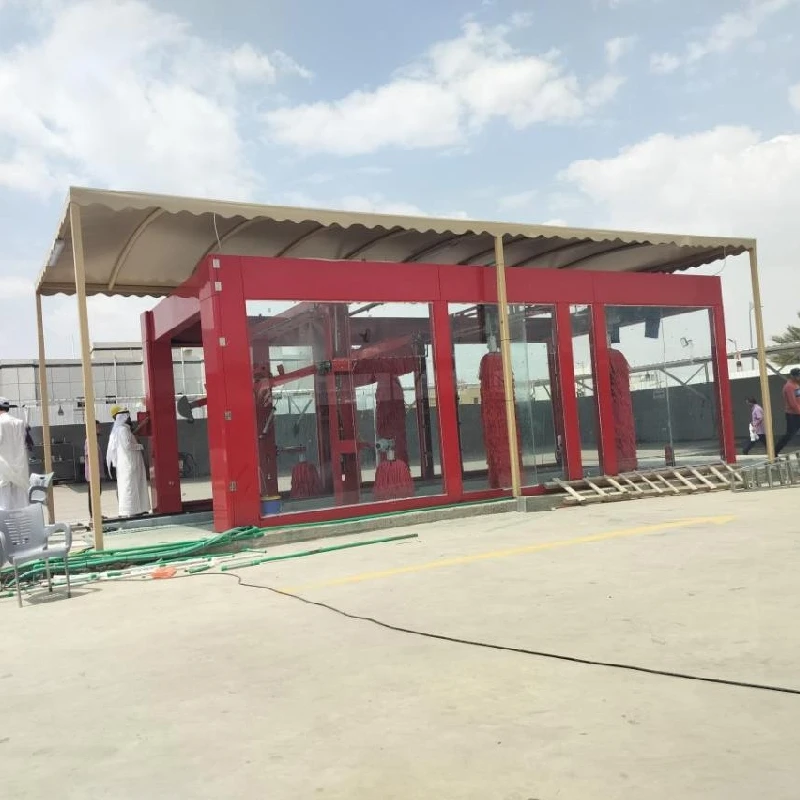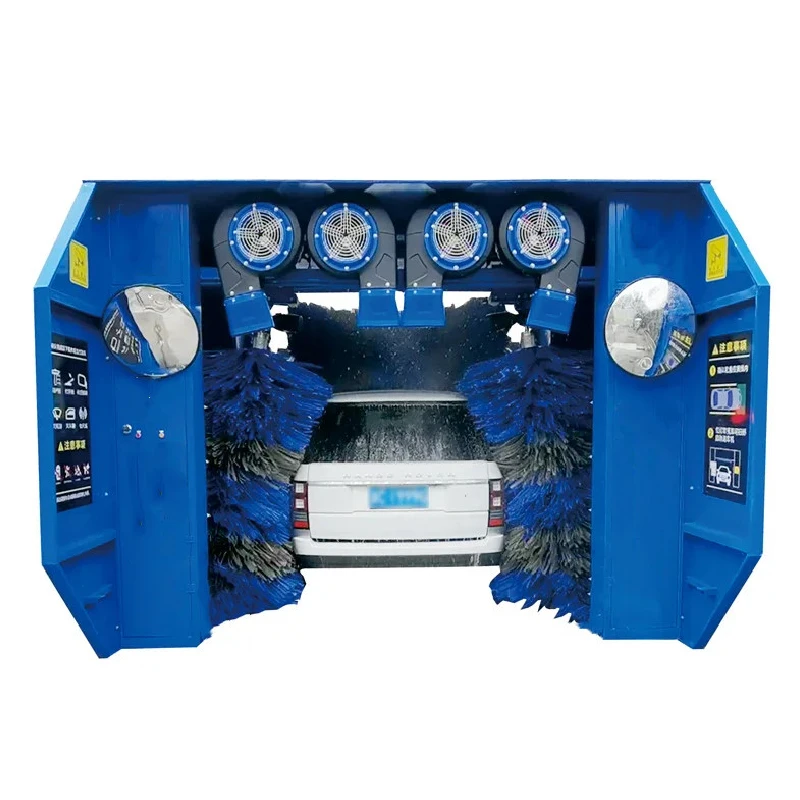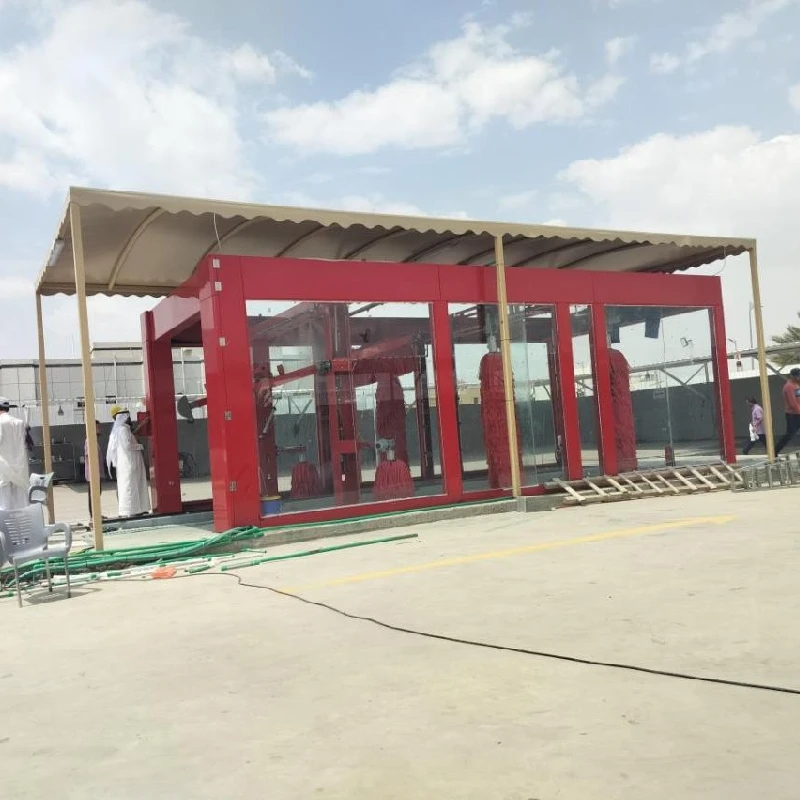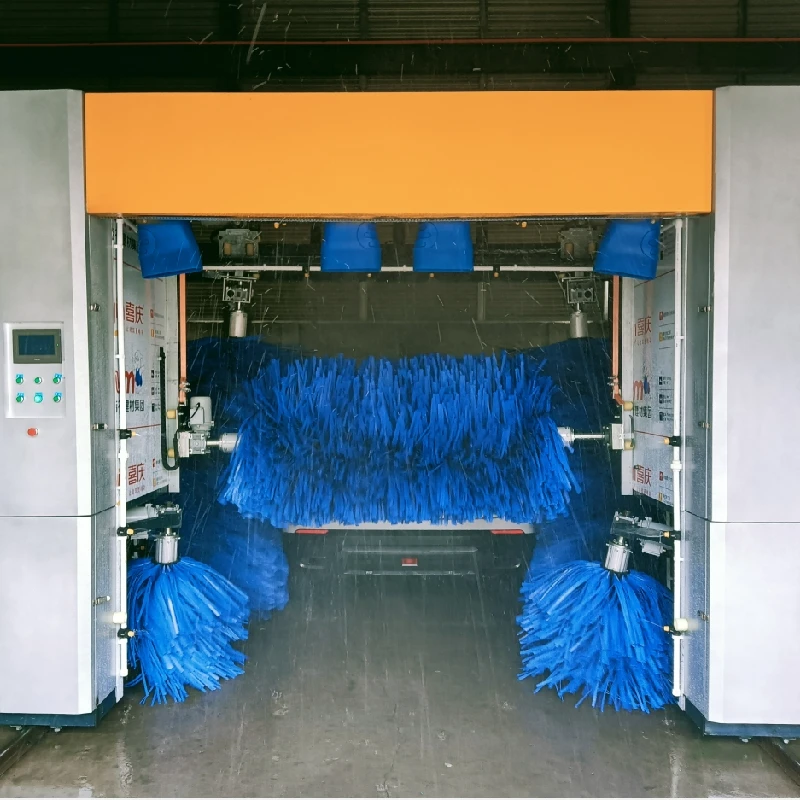Car Wash Tunnel Design: Faster Throughput, Lower Costs?
Inside the Modern Car Wash Tunnel: Design Notes from the Field
If you’ve ever wondered how much thought goes into a seemingly simple wash-and-go, you’re not alone. I’ve spent the past few months visiting sites, talking to operators, and crawling (literally) under conveyors. Real-world car wash tunnel design is equal parts materials science, automation, and customer psychology.
The product I kept hearing about
DY-QC-9 Tunnel car washing machine — built in 27Retail Sales, East Of Fuxin Road, Qiaoxi Area, Xingtai, Hebei, China — is a good example of where the market is headed. The frame uses national standard galvanized profiles and plates, CNC machining, precision welding, forming, galvanizing, and finally powder-spray with high-temperature melt curing. It’s the coating stack that impressed me; that’s where tunnels either last or rust.

Process flow (materials → methods → testing → service life)
- Materials: Galvanized steel (often ASTM A653 equiv.), industrial-grade fasteners, UHMW/foam brush media, IP-rated motors.
- Methods: CNC cut, MIG/TIG welds, hot-dip or pre-galv, powder coating (≥80 μm typical), PLC integration.
- Testing standards: Salt spray to ASTM B117 (vendor-verified), corrosion protection aligned with ISO 12944 categories, ingress protection per IEC 60529 (IP65-ish on drives, real-world may vary).
- Service life: Around 8–12 years for frames with routine maintenance; brush/consumables 6–18 months depending on throughput and chemistry.
- Industries: Retail tunnels, dealerships, rental fleets, municipal depots, even mixed-use parking complexes.
DY-QC-9 quick specs
| Frame & finish | Galvanized profiles + powder spray, high-temp melt paint (≈80–120 μm) |
| Conveyor length | ≈20–30 m configurable (site-dependent) |
| Throughput | 60–100 cars/hour (operator-reported, program length impacts rate) |
| Water per vehicle | 90–140 L with reclaim; 150–220 L without (chemistry and nozzles matter) |
| Controls | PLC/HMI, photo-eyes, vehicle profiling options |
| Power | 3Φ 380–480V typical; regional variants available |
| Certifications | CE available; design practices align with Machinery Directive and IEC/IP guidance |
Note: values are typical ranges shared by operators and integrators; confirm final specs with the vendor.
Trends I’m seeing
- Smarter dosing (less chemistry, better shine). - Higher-pressure arches with softer media. - Powder-coated, sealed frames to cut corrosion callouts. - Data logging for uptime and membership sales. Honestly, this is where car wash tunnel design becomes a business model, not just hardware.
Vendor snapshot (indicative)
| Vendor/Model | Tunnel length | Throughput | Notes |
|---|---|---|---|
| DY Carwasher DY-QC-9 | ≈20–30 m | 60–100 cph | Value-focused; strong coating stack; flexible layout |
| ISTOBAL M’WASH (series) | ≈18–35 m | 50–110 cph | Well-known in EU; advanced profiling |
| WashTec SoftLine² | ≈20–40 m | 60–120 cph | Premium integrations; strong support network |
| Tommy Car Wash (Express) | ≈25–40 m | 80–140 cph | High-throughput model; iconic open-frame look |
Throughput and lengths are approximate from public materials; consult each vendor for exact site engineering.
Applications, feedback, and customization
Common setups: compact urban sites (short conveyor, fewer arches), high-volume express (membership lanes, dual blowers), and fleet bays (brush-light, high-pressure bias). Many customers say quieter dryers and clearer signage moved their CSAT up. The DY-QC-9 can be tailored with reclaim, foam colors, ceramic-sealant arches, and different conveyor pit depths. To be honest, the signage and queue design matter almost as much as the steel.
Mini case notes
Coastal dealer: corrosion complaints dropped after switching to a powder-coated, fully-galv frame; service calls fell ≈30% in 9 months (dealer-reported). Midwest express site: program re-tune cut water use ~18% with no dent in finish quality; members noticed faster belt entry — proof that car wash tunnel design tweaks pay back.
Compliance and data points
- Galvanized steel typically aligns with ASTM A653.
- Corrosion protection planning per ISO 12944 (C3–C5 environments).
- Electrical and guards designed to CE Machinery Directive; drives often IP65 (IEC 60529).
- Coating durability validated via ASTM B117 salt-spray benchmarks.
If you’re scoping a site, start with a throughput model, utility map, and a frank maintenance plan. The best car wash tunnel design is the one your techs can service at 6 a.m. in February.
Citations
- ASTM A653/A653M – Standard Specification for Steel Sheet, Zinc-Coated
- ISO 12944 – Paints and varnishes — Corrosion protection of steel structures
- IEC 60529 – Degrees of protection (IP Code)
- EU Machinery Directive 2006/42/EC
- ASTM B117 – Standard Practice for Salt Spray Testing
- ISTOBAL Official Site
- WashTec Official Site
- Tommy Car Wash Systems
-
Car Wash Equipment – Durable, Efficient, Pro-Grade SystemsNewsNov.10,2025
-
automatic car washing machine price list: Fast ROI, Low CostNewsNov.10,2025
-
Car Wash Tunnel Design for High Throughput, ROI & UptimeNewsNov.10,2025
-
Car Wash Tunnel Design | High Throughput & Low MaintenanceNewsNov.10,2025
-
Automatic Car Washing Machine Price List - Fast ROINewsNov.10,2025
-
Car Wash Tunnel Design: High Throughput, Custom & DurableNewsOct.27,2025




